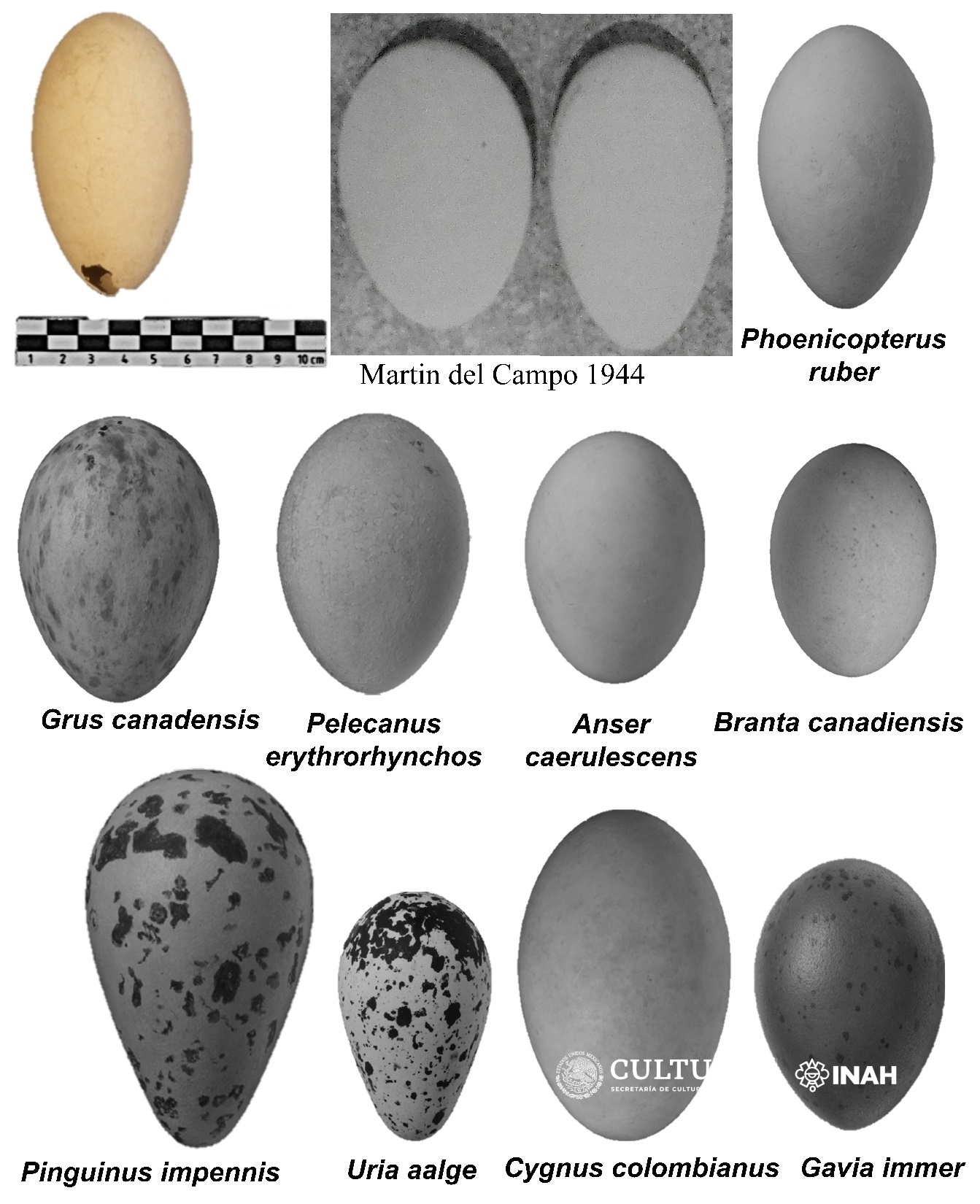You never know what you might find when you begin to dig into Earth’s surface. Digging near a railway construction recently revealed an ancient charioteer – and now, next to a construction site for a new airport in Mexico, the second-ever report of a fossilized flamingo egg in the world has been made. This is also the first time a fossilized flamingo egg has been found anywhere in the Americas.
To find fossilized eggs from any bird species in the Pleistocene era in both North and South America is an extremely rare occurrence. Eggs from extinct puffins, pelicans, and cranes have been found previously across the Americas, but flamingo fossils are usually restricted to paleolakes in Central Mexico. Modern-day flamingos have a distribution in North America which is a long distance away from these paleolakes along the Yucatan peninsula and across the southeast US.
Flamingos belong to the bird family Phoenicopteridae, and before this discovery, the only known Phoenicopteridae eggs in the world were five found in Spain. The newly reported egg is thought to be from the late Pleistocene or Early Holocene because of other remains found in the same locality. It was discovered during the construction of the new Felipe Ángeles International Airport, Santa Lucía, State of México.
To determine that the egg belonged to the flamingo family the team compared the size, width, eggshell pattern, and general shape to compare to other species and see which group was the likely producer of the egg. The egg itself measures 93.491 millimeters (3.68 inches) long and 55.791 millimeters (2.20 inches) across at the widest point, the pattern is extremely well preserved and resembles a similar patterned egg to a tundra swan, though swan eggs are much larger. By comparing these factors to the eggs of different species, the team was able to conclude it was a flamingo egg and not a crane or other species.

Newly discovered egg at top left compared to other known species.
Image Credit: Jose Alberto Cruz Silva, INAH.
The team thinks that the presence of the flamingo egg suggests the presence of a paleolake with high salinity during the Late Pleistocene in the same area in which the egg was found. A similar site nearby called Chalco Lake, is aged at between 12,000 and 8,000 years old, suggesting that the flamingo egg is also of that period.
The paper is published in the journal Historical Biology.
Source Link: Fossilized Flamingo Egg Up To 12,000 Years Old Is First Ever Found In The Americas